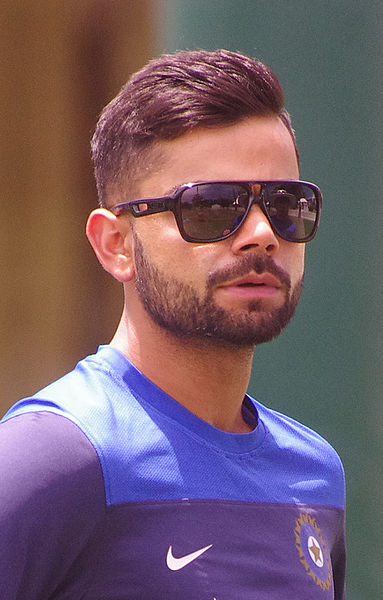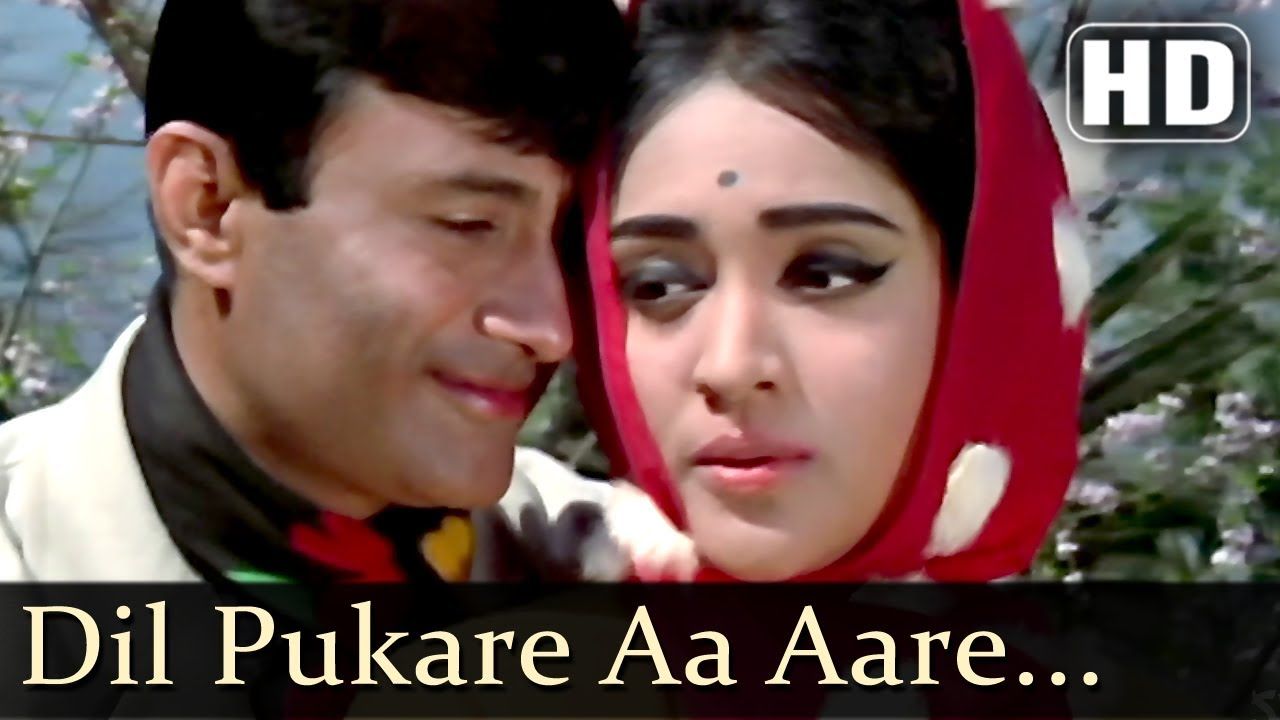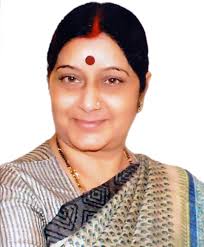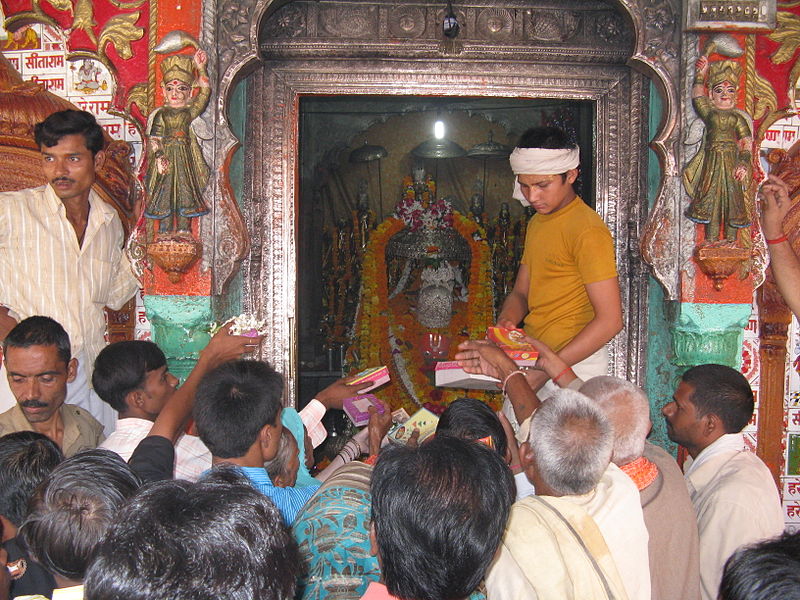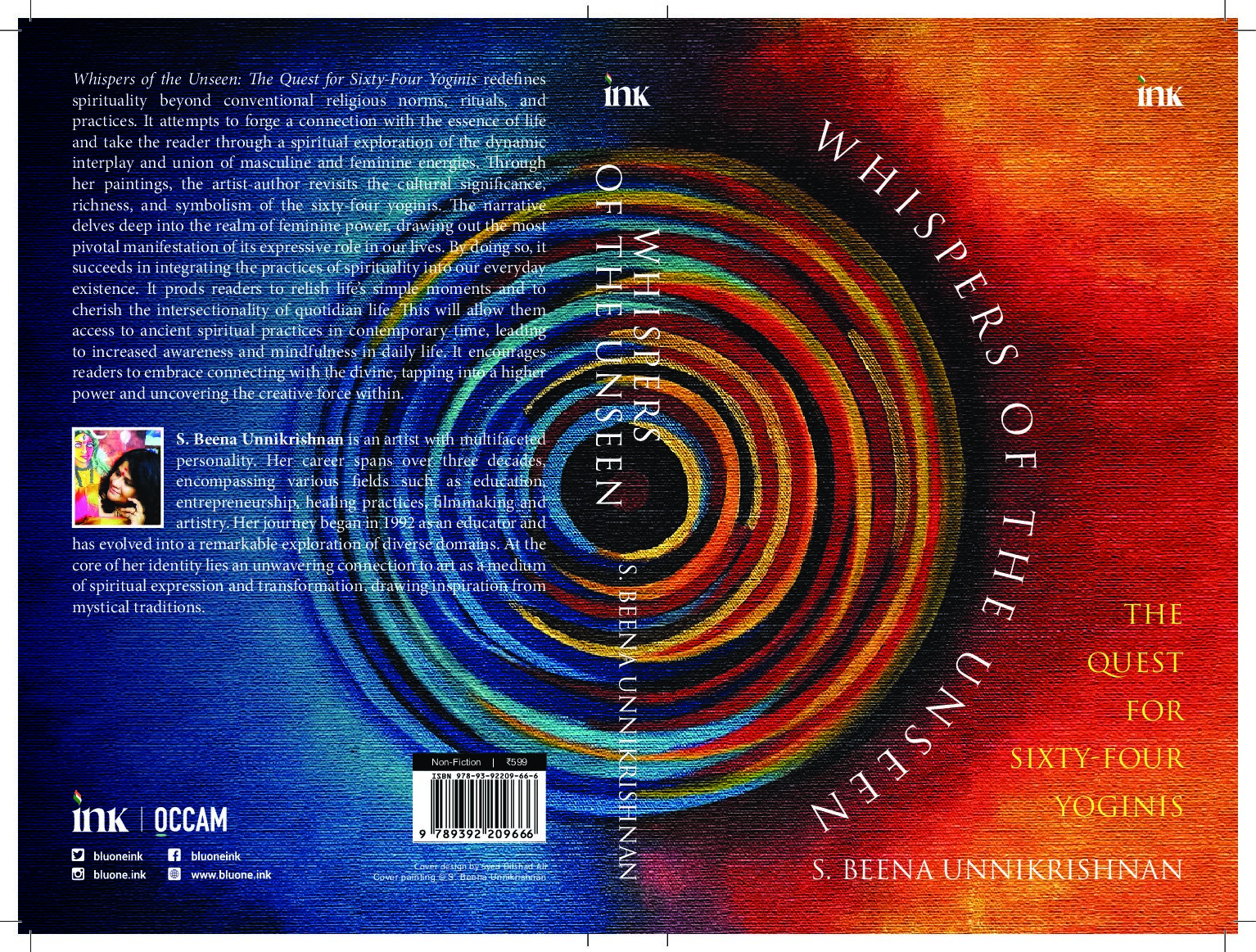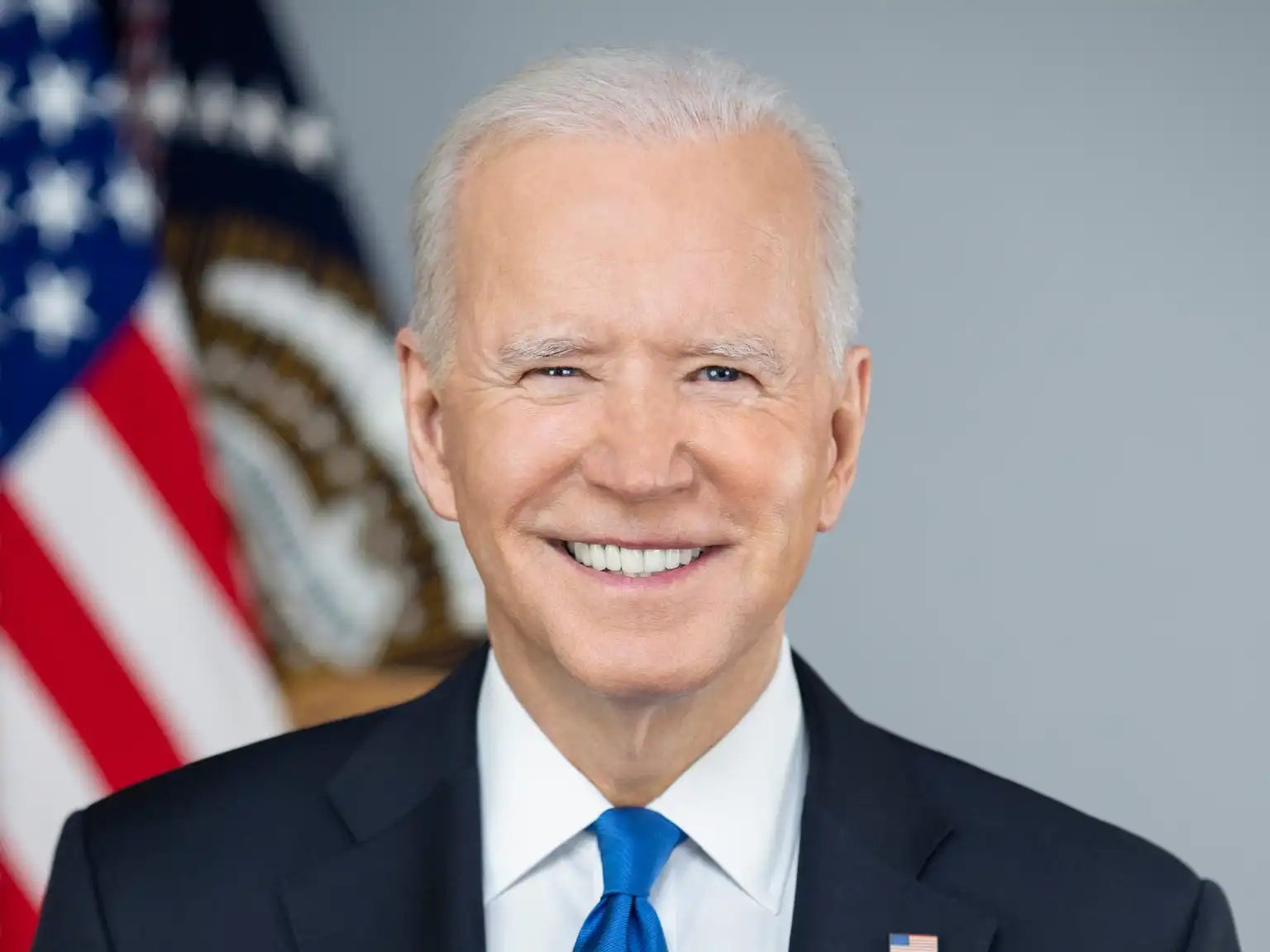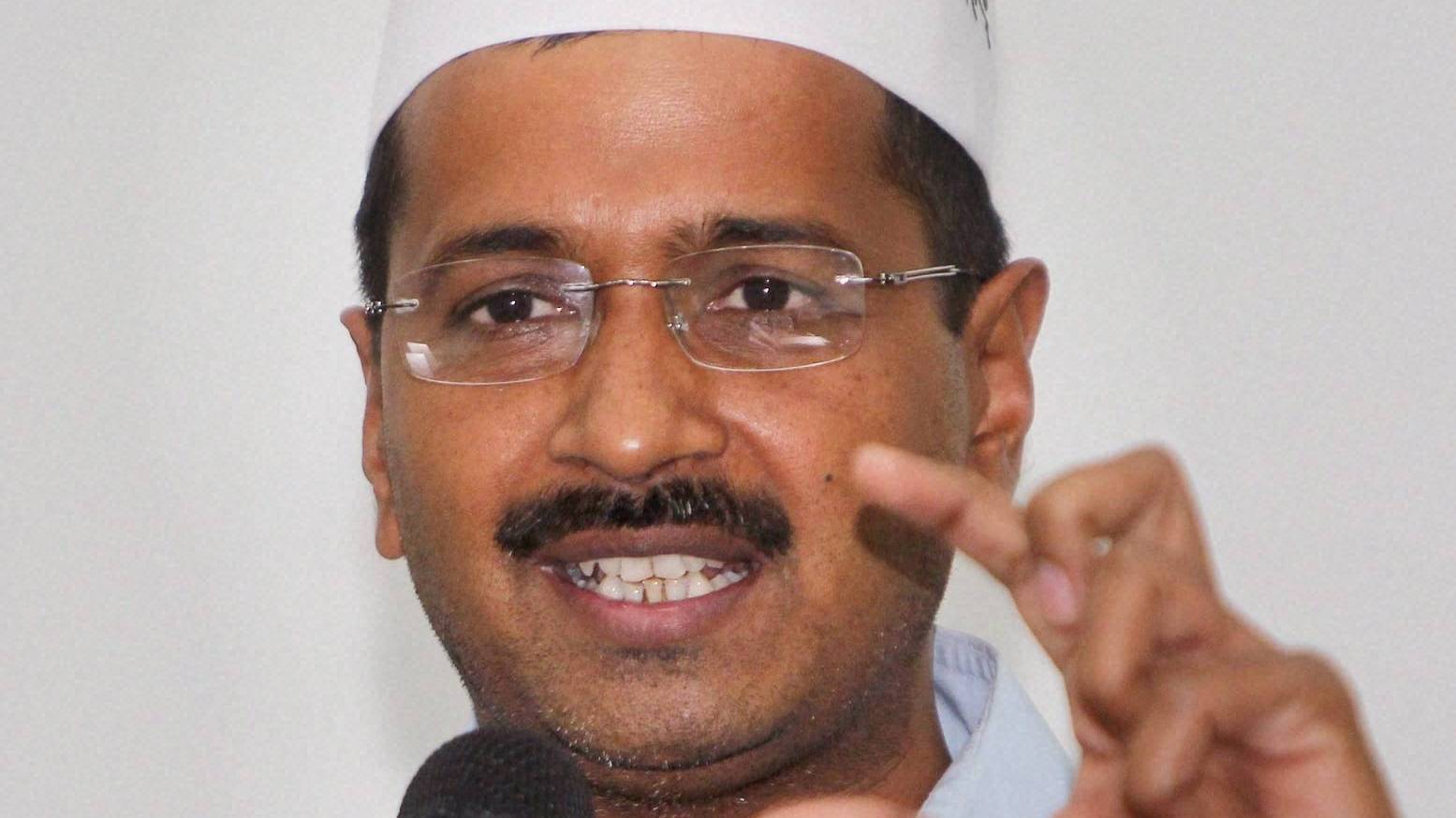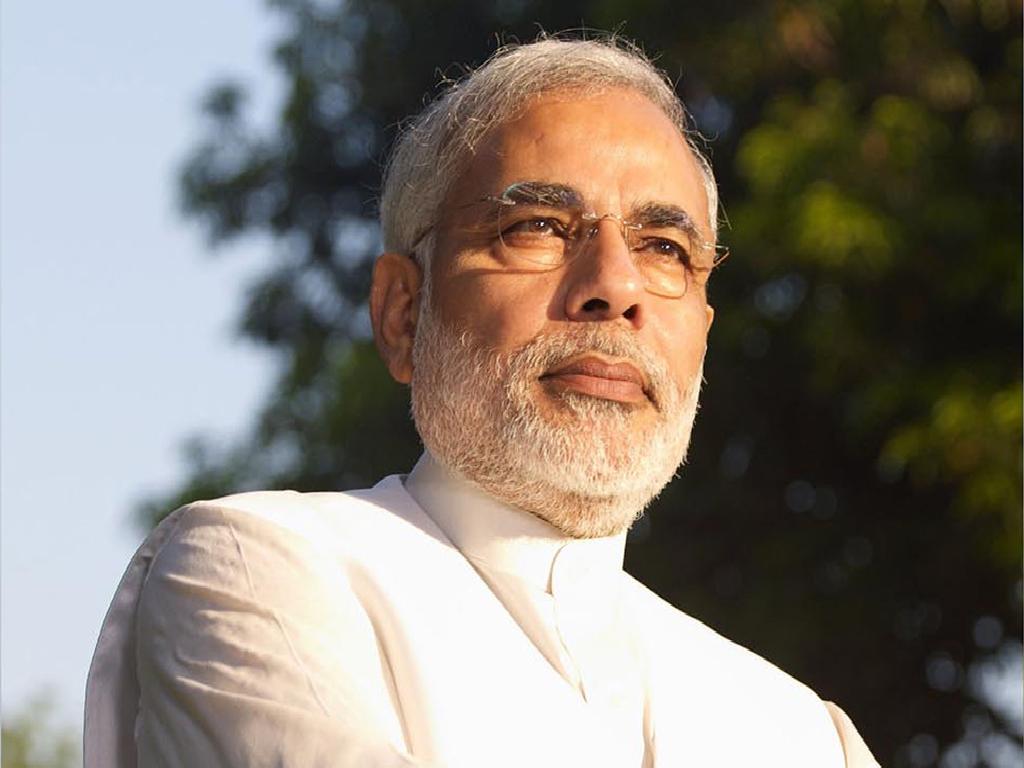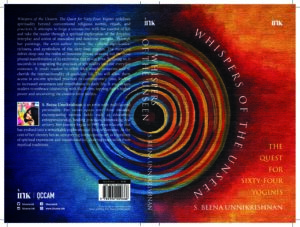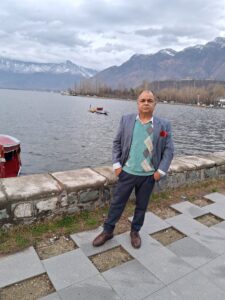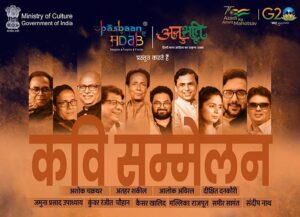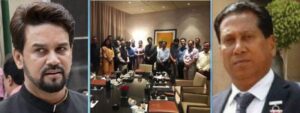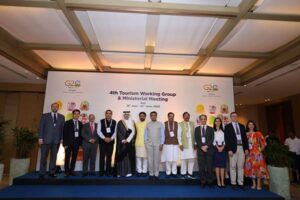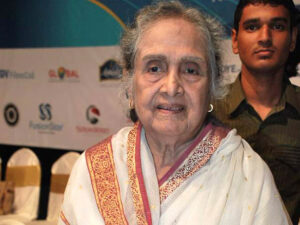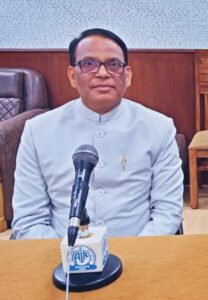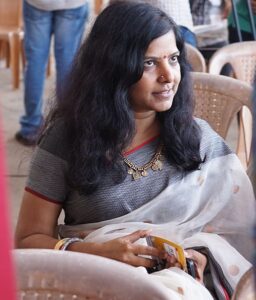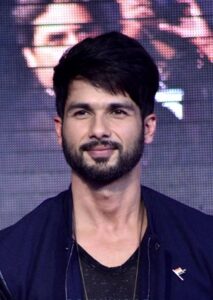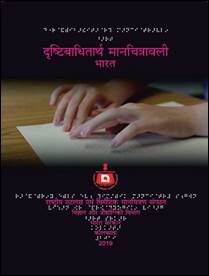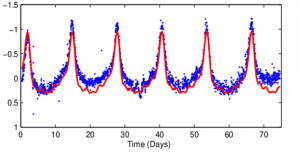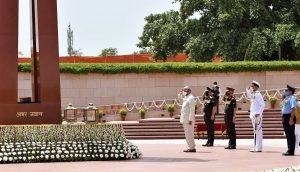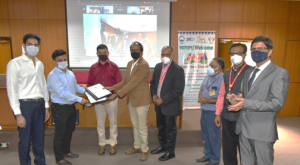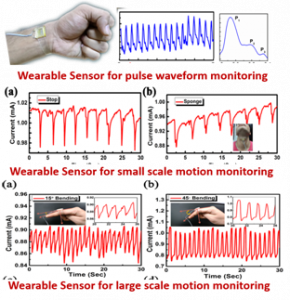India should be a US ally
Ravi Shanker Kapoor | June 20, 2016 8:04 pm
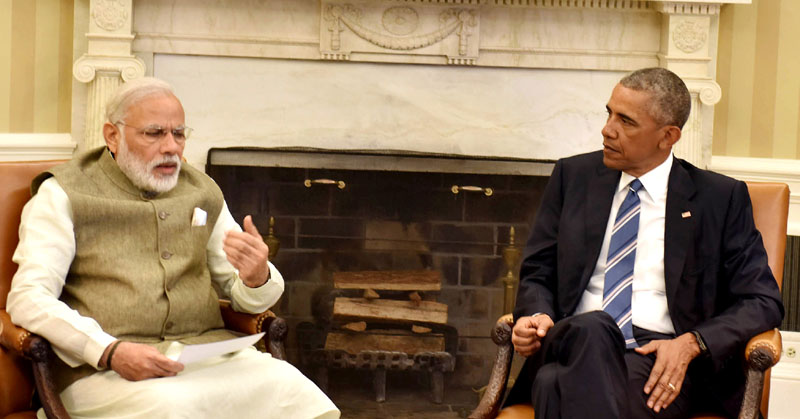
The Prime Minister, Shri Narendra Modi meeting the President of United States of America (USA), Mr. Barack Obama in Oval Office, at White House, in Washington DC, USA on June 07, 2016.
Prime Minister Narendra Modi’s recent visit to the US was indeed fruitful; civil nuclear cooperation and defence ties, for instance, got a big fillip. But, still, it is a case of too little, too late. As in the case of economy, Modi’s reliance on incrementalism is casting its baneful spell over foreign policy as well.
But let’s begin with the good news. Modi has carried forward the good work began by his predecessor, Manmohan Singh; now, civil nuclear energy cooperation between the world’s two largest democracies is within the realm of possibility. The India-US joint statement on June 7 said, “President Obama welcomed India’s application to join the Nuclear Suppliers Group (NSG), and re-affirmed that India is ready for membership. The United States called on NSG Participating Governments to support India’s application when it comes up at the NSG Plenary later this month. The United States also re-affirmed its support for India’s early membership of the Australia Group and Wassenaar Arrangement.”
Modi and Obama also made it clear that India’s Nuclear Power Corporation of India Limited, a public sector undertaking, and Westinghouse, the US vendor, would commence the preparatory work for building six nuclear reactors in Andhra Pradesh. It took the two countries almost half a century to reach such collaboration. The intervening period has seen many ups and downs, twists and turns, chills and thaws, hostilities and sanctions.
The two leaders also “resolved that the United States and India should look to each other as priority partners in the Asia Pacific and the Indian Ocean region.” Some progress has already been made in this regard. Exercise Malabar has been going on for quite some time. Originally conceived as an Indo-US naval exercise, it now also has Japan as a permanent partner. In fact, the exercise is right now underway. “Malabar 2016 will be another significant step in strengthening mutual confidence and inter-operability as well as sharing of best practices between the Indian, Japanese and US Navies,” an Indian Navy statement said on Friday. “The exercise will support maritime security in the Indo-Pacific region, and benefit the global maritime community.”
Understandably, the exercise has peeved Beijing.
Defence partnership with the US is another big positive of the visit. However, how this pans out, how it impacts the Make in India programme is yet to be seen.
Then there were usual remarks on terrorism, delinking terror with religion, etc.
In his address to the US Congress, he said, “Today, our relationship has overcome the hesitations of history.” This “relationship is primed for a momentous future.” Further, he said, “The constraints of the past are behind us and foundations of the future are firmly in place. In the lines of Walt Whitman, ‘The Orchestra have sufficiently tuned their instruments, the baton has given the signal.’ And to that, if I might add, there is a new symphony in play.”
Four points need to be made here. First, “the hesitations of history,” though they sound impersonal (history is, after all, not a person) and inevitable, were neither impersonal nor inevitable. They were manmade and deliberate. The man who authored the hesitations was Jawaharlal Nehru.
It is a well-known fact that when India became Independent the US was very bullish about it. The Americans wanted to help India economic and militarily. But Nehru was a socialist. He could not see the real enemy of mankind—communism. Concomitantly, he saw an imaginary enemy—imperialism or neo-imperialism. Like Don Quixote, with Krishna Menon acting as Sancho Panza in tow, he tilted at windmills all over the world. He, and India, lived in a fantasyland: good, colonized or newly-freed nations were fighting bad, rich imperialists, we were told; socialism will make the world a paradise; socialist countries didn’t launch aggression. We even gave up the permanent seat at the United Nations Security Council to the communist China—which it uses against us. Nineteen hundred sixty two was the denouement: the Chinese licked us. But we remained wedded to socialism and its offspring—non-alignment.
The second point follows the first: the Indo-US relationship was “primed for a momentous future” even on August 15, 1947. But we were not ready—still aren’t fully and whole-heartedly, as we shall see. “Zamana bade shouq se sun raha tha/Hum he so gaye dastan kehte kehte.”
Third, we are neither ready nor willing to discard the Nehruvian shibboleths. On the completion of his two years in office, Modi said in an interview to Wall Street Journal, “There is no reason to change India’s non-alignment policy that is a legacy and has been in place.”
Further, he downplayed the multifarious threats emanating from China, including the encirclement it is indulging in against us. “We don’t have any fighting with China today. We have a boundary dispute, but there is no tension or clashes. People-to-people contacts have increased. Trade has increased. Chinese investment in India has gone up. India’s investment in China has grown. Despite the border dispute, there haven’t been any clashes. Not one bullet has been fired in 30 years. So the general impression that exists, that’s not the reality.”
In other words, ‘don’t worry, be happy.’ Nehru also had a similar attitude towards China.
Therefore, the final point is: we have to form an alliance with the US. When V.K. Singh was Chief of Army Staff, it came out in the media that our defence preparedness was grossly inadequate. The scenario doesn’t seem to have changed much since then. Forget China, it is doubtful if we are even in a position to fight Pakistan which is backed by China. Against this backdrop, an alliance with the US would be helpful not only militarily but also economically.
Given the inveterate anti-Americanism in our country in across the ideological spectrum, such an alliance is well-nigh impossible. Against this backdrop, greater ties with the US are imperative.
Modi’s recent US visit has indeed brought us closer to the US, but not enough.


